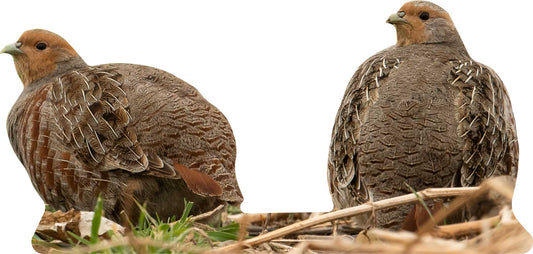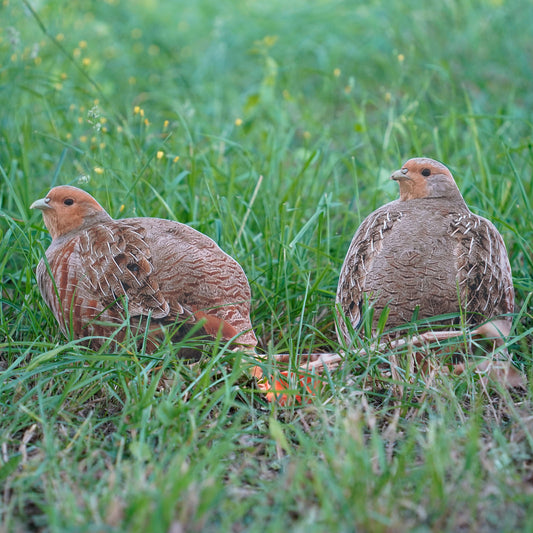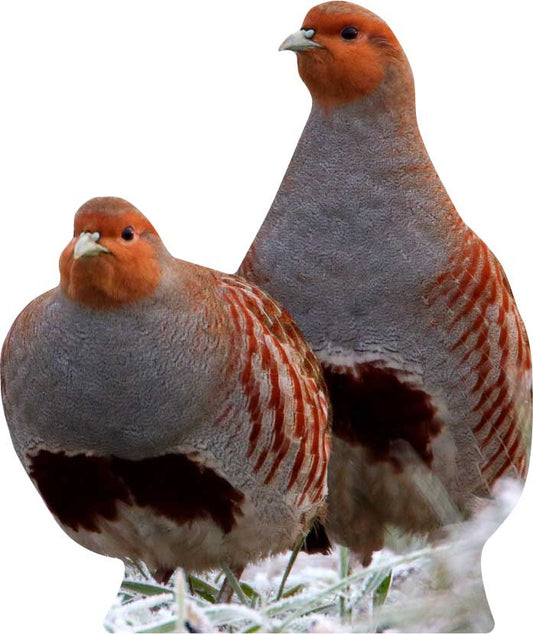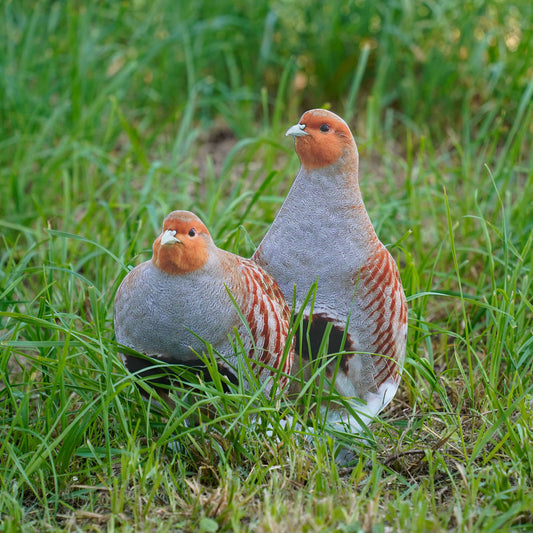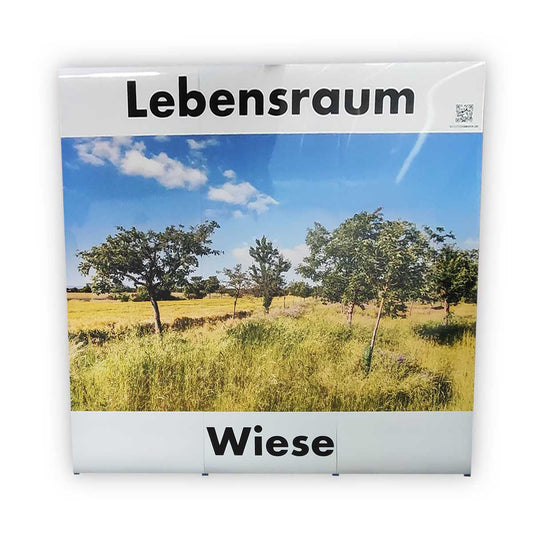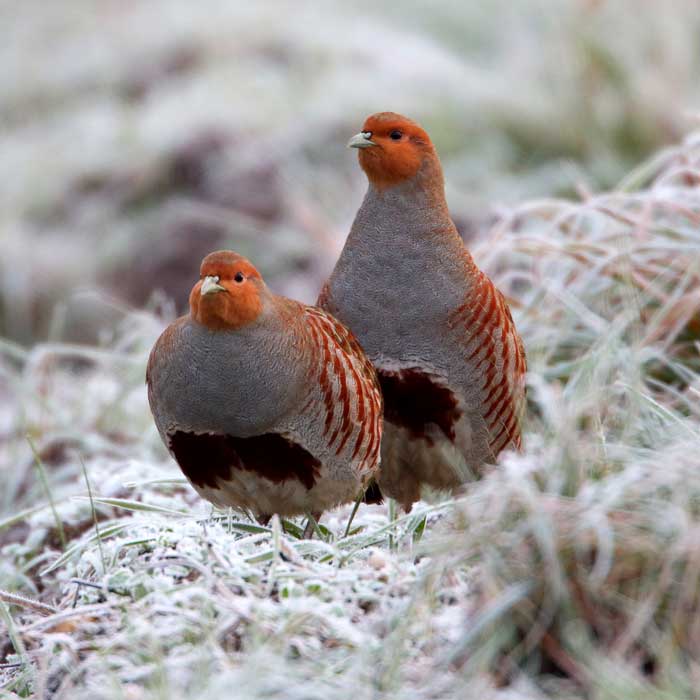
partridge
The grey partridge, a symbol of open landscapes and traditional farming practices, is critically endangered and requires urgent conservation measures to ensure its survival. This fact sheet provides a detailed overview of the grey partridge's biology and lifestyle and highlights the importance of its protection and conservation in natural habitats.
partridge Products
-
Animal display wild rabbit
No reviewsRegular price From 29,90€Regular priceUnit price / per -
Animal display wild rabbit
No reviewsRegular price From 24,90€Regular priceUnit price / per -
Animal display Mallard (Drake) - Outdoor Set
No reviewsRegular price 45,50€Regular priceUnit price / per -
Pop-Up Wall "Forest Habitat"
No reviewsRegular price 300,00€Regular priceUnit price / per -
Pop-Up Wall "Forest Habitat"
No reviewsRegular price From 1.200,00€Regular priceUnit price / per -
Animal display Mallard (Drake) - Outdoor Set
No reviewsRegular price 32,70€Regular priceUnit price / per
Profile: partridge
-
Scientific classification
- Class: Birds (Aves)
- Order: Galliformes
- Family: Phasianidae
- Genus: Perdix
- Species: P. perdix (partridge)
-
Physical characteristics
- Size: Body length of 28-32 cm
- Wingspan: 47-52 cm
- Weight: 350-550 g
- Special features: Stocky body, short tail, spotted plumage with brown, grey and white tones, red beak, red legs.
-
Habitat and distribution
- Common regions: Europe, parts of Asia and North Africa
- Habitat: Open landscapes such as agricultural areas, pastures, heaths and forest fringes.
-
Nutrition
- Diet: Omnivorous
- Typical food: seeds, grasses, herbs, leaves, berries, insects and other invertebrates.
-
Reproduction and lifestyle
- Breeding season: spring to summer
- Breeding behaviour: Ground-nesting, lays 10-20 eggs in a shallow hollow
- Brood care: Females incubate the eggs, males protect the territory
- Lifestyle: Social in loose groups, often in pairs or family groups.
-
Lifespan and protection status
- Life expectancy: Up to 2 years in the wild
- Endangered status: Critically endangered due to habitat loss, agricultural intensification and hunting.
- Conservation measures: preservation and protection of habitats, targeted promotion of extensive agricultural practices.

